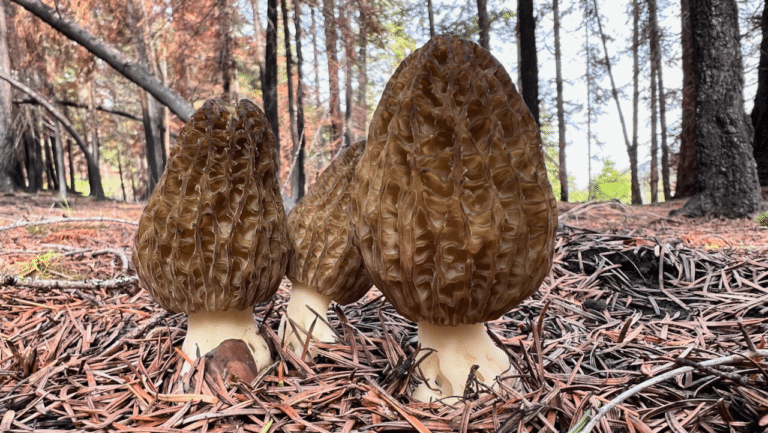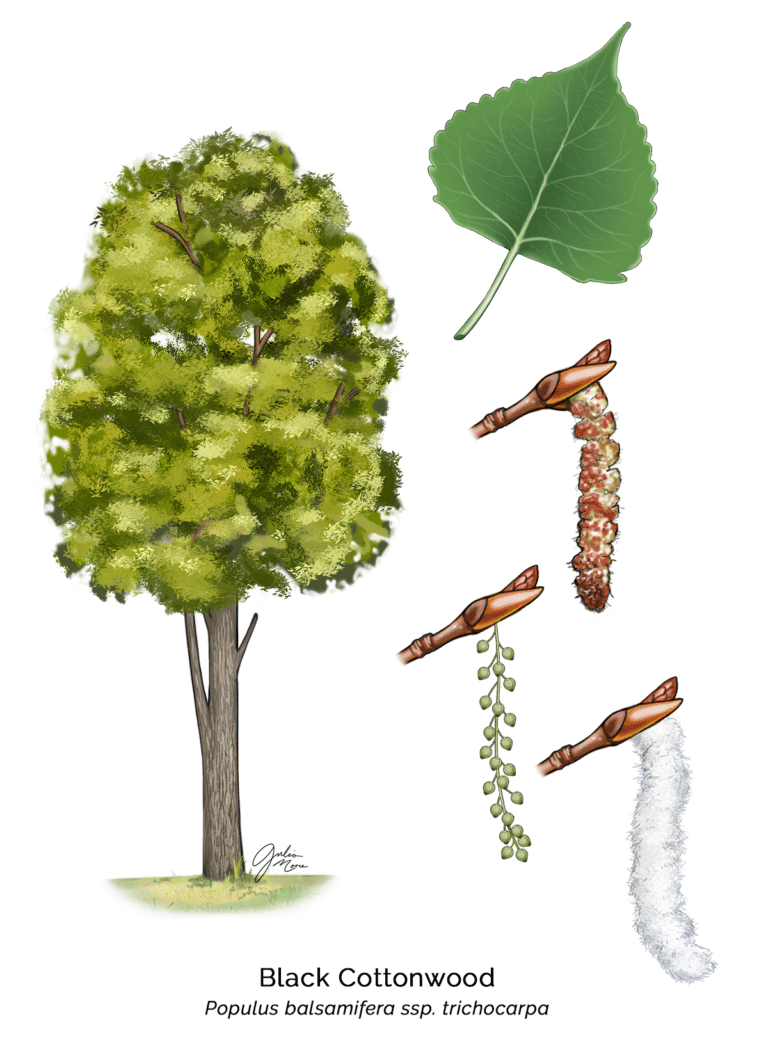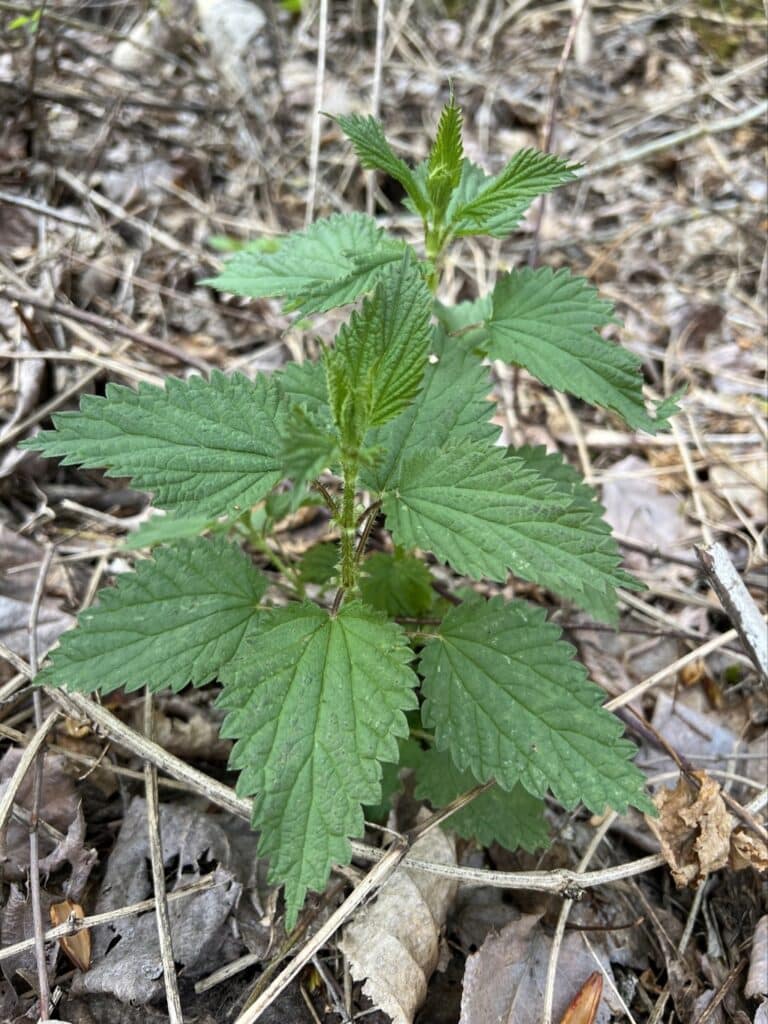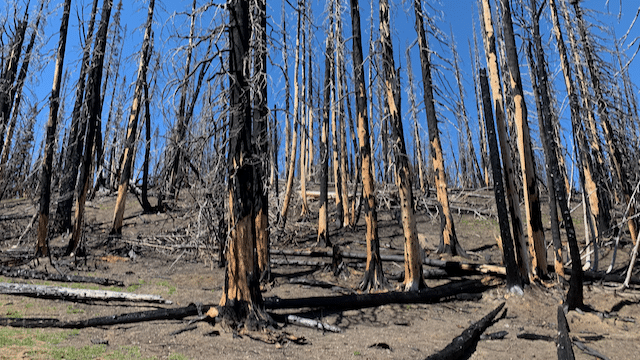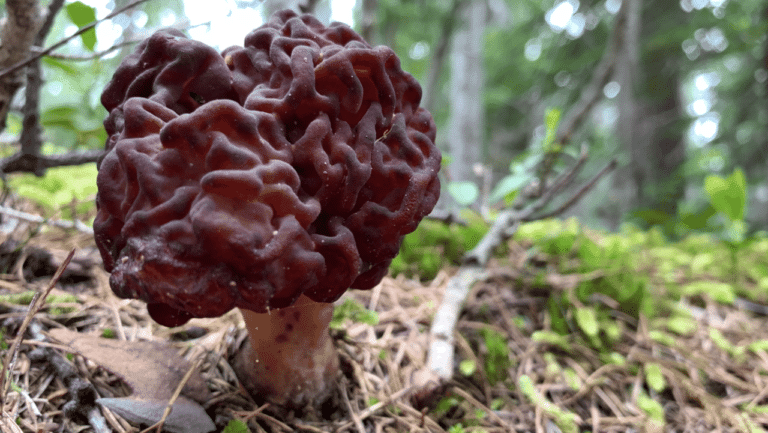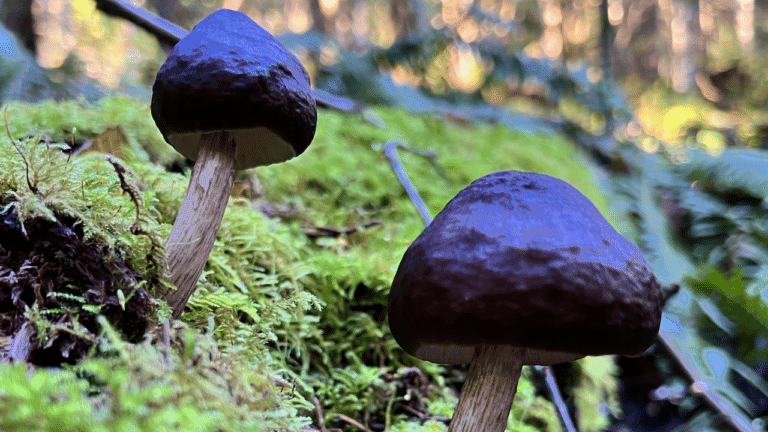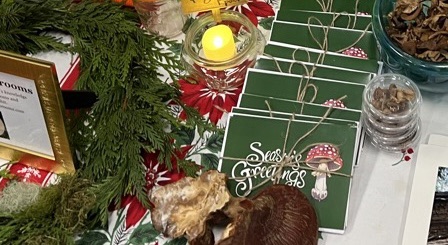Common Misconceptions About Morels
Morels are one of the most commonly foraged mushrooms in the United States, and likely one of the most popular around the world. They are broadly distributed globally, are very recognizable, and are relatively safe for a beginner to identify. The popularity of morels also results in a lot of misconceptions about them as well….

